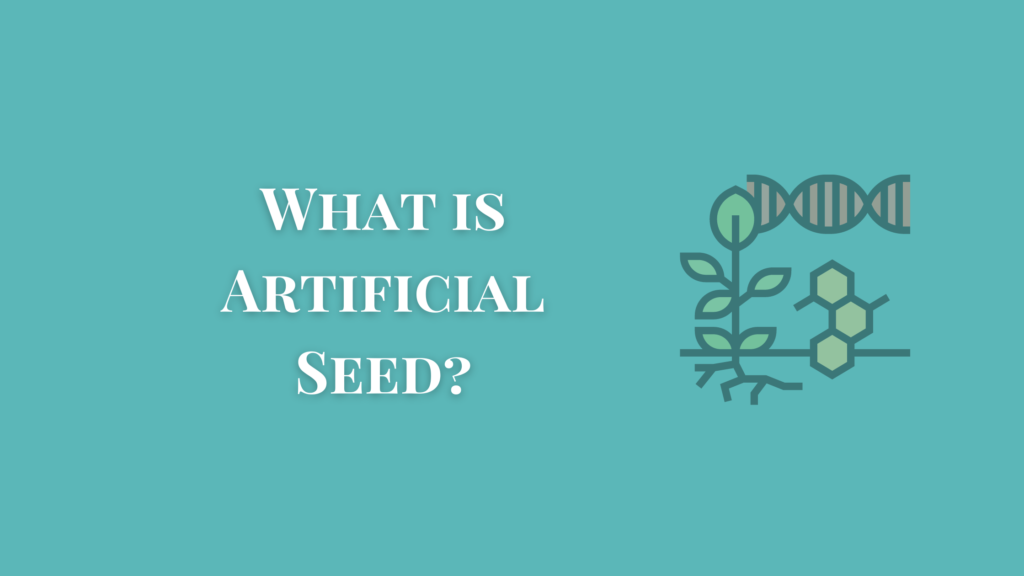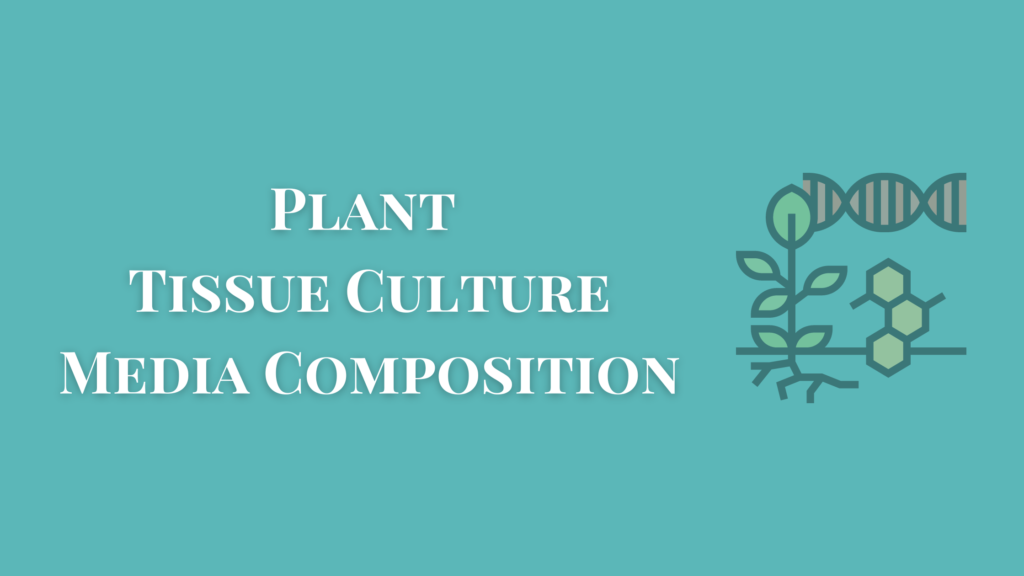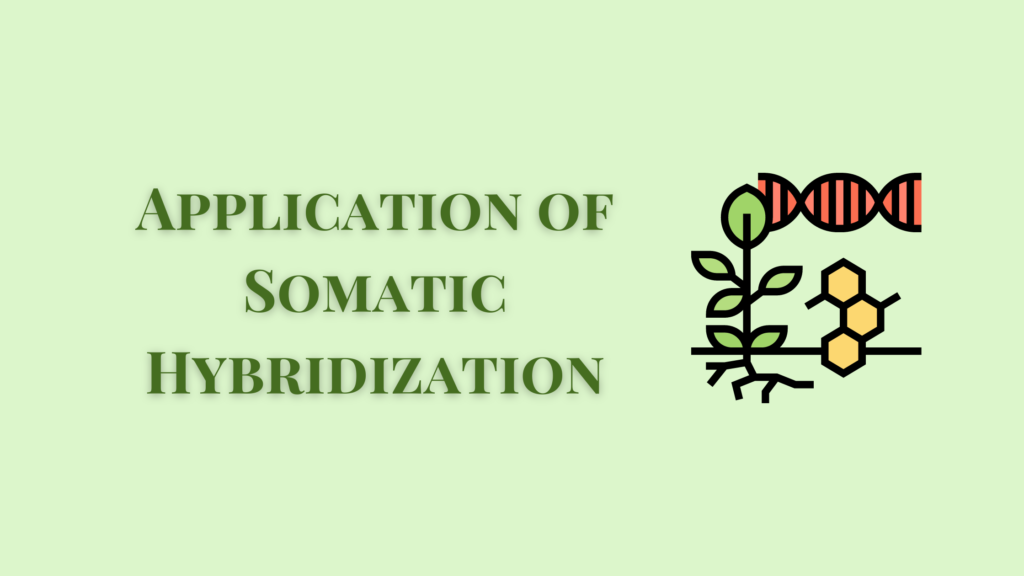Artificial seeds are synthetic seeds made from somatic embryos surrounded by a nutrient medium and encapsulated by a thin layer of chemical membrane. These are seed-like structures that are made experimentally. Here, somatic embryoids derived from plant tissue culture are encapsulated by a hydrogel. Such encapsulated embryoids exhibit similar behaviour as true seeds when grown in soil. Because of this, they are suitable substitutes for natural seeds.
What is Synthetic Seed?
Synthetic seeds refer to artificially encapsulated plant structures such as meristematic tissues, somatic embryos, shoots, buds, etc that be sown to grow a new plant, in the same way conventional seeds are sown. This artificial coating provided to the plantlets can be water-soluble or impermeable to water. The objective of artificial seed production is to produce clonal seeds that enable mass production through the encapsulation of non-endospermic parts. Even though artificial seeds cover any encapsulated plant, somatic embryos are most commonly used for this purpose. It helps ease the cost of natural reproduction on a larger scale.
Salient features of Artificial Seeds
- Artificial seeds are smaller in size when compared to some natural seeds. The seeds have a minimum essential amount of food so the size of the seeds is small.
- They contain only the somatic embryos of a well-known strain.
- All artificial seeds contain embryos of identical types.
- The embryo is protected by an envelope of nutrient medium which nourishes the developing embryo.
- The seeds are bound by a synthetic membrane made up of sodium alginate, polyoxyethylene, or acrylamide gel.
- The germination of artificial seeds is similar to that of natural seeds.
Types of Artificial Seeds
Synthetic seeds are mainly two types based on the embryos and their encapsulation- desiccated and hydrated. They are each further classified into coated and uncoated. Thus there are four types of synthetic seeds.
- Uncoated desiccated
- Coated desiccated
- Encapsulated hydrated
- Uncoated hydrated
Desiccated Synthetic Seeds
Usually, desiccation damaged the embryo but lowering the water content in it to 8-15%, in the absence of abscisic acid improved its storage capacity and longevity. Moreover, the desiccation of somatic embryos helped improve their conversion to germination by providing a sufficient dormancy period. This method is used to break the dormancy of Orchard grass. In soybeans, the desiccated somatic embryos germinated after 2-3 months of dormancy as opposed to 9 months for non-desiccated ones. Uncoated desiccated synthetic seeds are common for carrots, alfalfa, Triticum aestivum, Glycine max, Apium graveolens, Medicago sativa and Daucas carota.
Synthetic embryos are coated with polyoxyethylene and later desiccated for 1-2 weeks. They showed better viability for celery and carrots but not for many species. Thus, coated desiccated seeds apply only to very few plants.
Hydrated Synthetic Seeds
Many somatic embryos are less tolerant to desiccation so they are coated with hydrogel to improve their conversion. The seeds are encapsulated in calcium alginate to show better conversion. These hydrated encapsulated seeds have a longer storing period of 6 months when compared to naked embryos. They also showed 80% more conversion than naked embryos.
Methods of Synthetic Seed Production
- Establishment of Callus culture
- Induction of somatic embryogenesis in callus culture
- Maturation of somatic embryos
- Encapsulation of somatic embryos
- Test for embryoid-to-plant conversion
- Greenhouse and field planting
Two standardized methods have been used to develop somatic embryos.
- Gel Complexation via dropping procedure: Isolated somatic embryos are mixed with 0.05-5% sodium alginate and dropped into a 30-100 micrometer calcium nitrate solution.
- Molding: Isolated somatic embryos are mixed in a limp-dependent gel and placed in the well for a microliter plate. It forms a gel when the temperature is cooled down.
Importance of Artificial Seeds
- Production of synthetic seeds is not dependent on the reproduction phase of the plant.
- It can be produced at any phase or season of the year.
- By growing artificial seeds the life cycle of a plant could be reduced since artificial seeds have no dormancy period.
- Synthetic seeds will be applicable for large-scale monoculture as well as mixed genotype plantations
- It gives protection against meiotically unstable genotypes.
- Synthetic seed coating can hold and deliver beneficial advances such as growth-promoting bacteria, plant nutrients, and growth control agents and pesticides for precise placement.
- Synthetic seeds help to study the role of endosperm and seed coat formation.
- Artificial seeds can also be produced in almost all derived plants.




